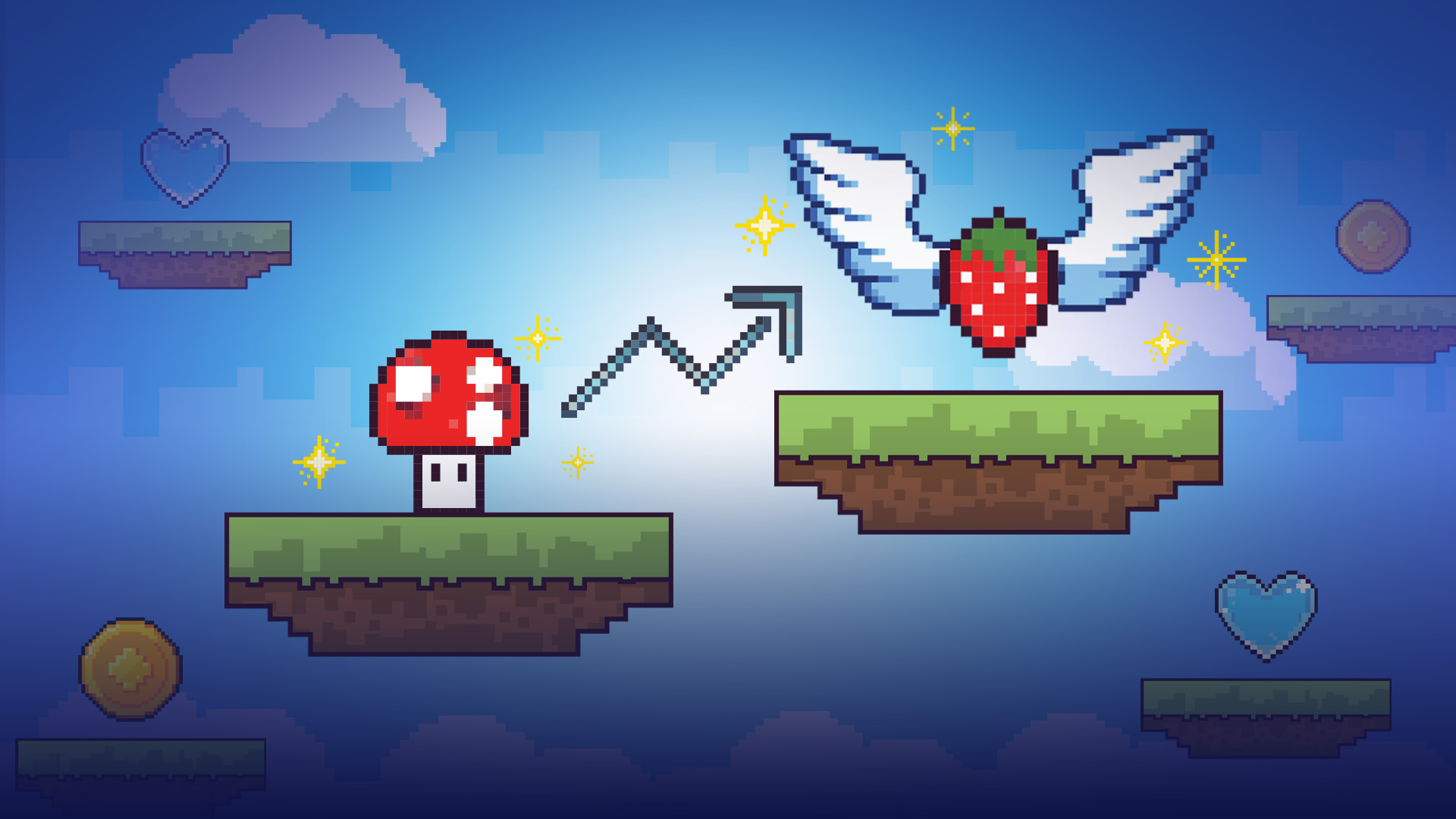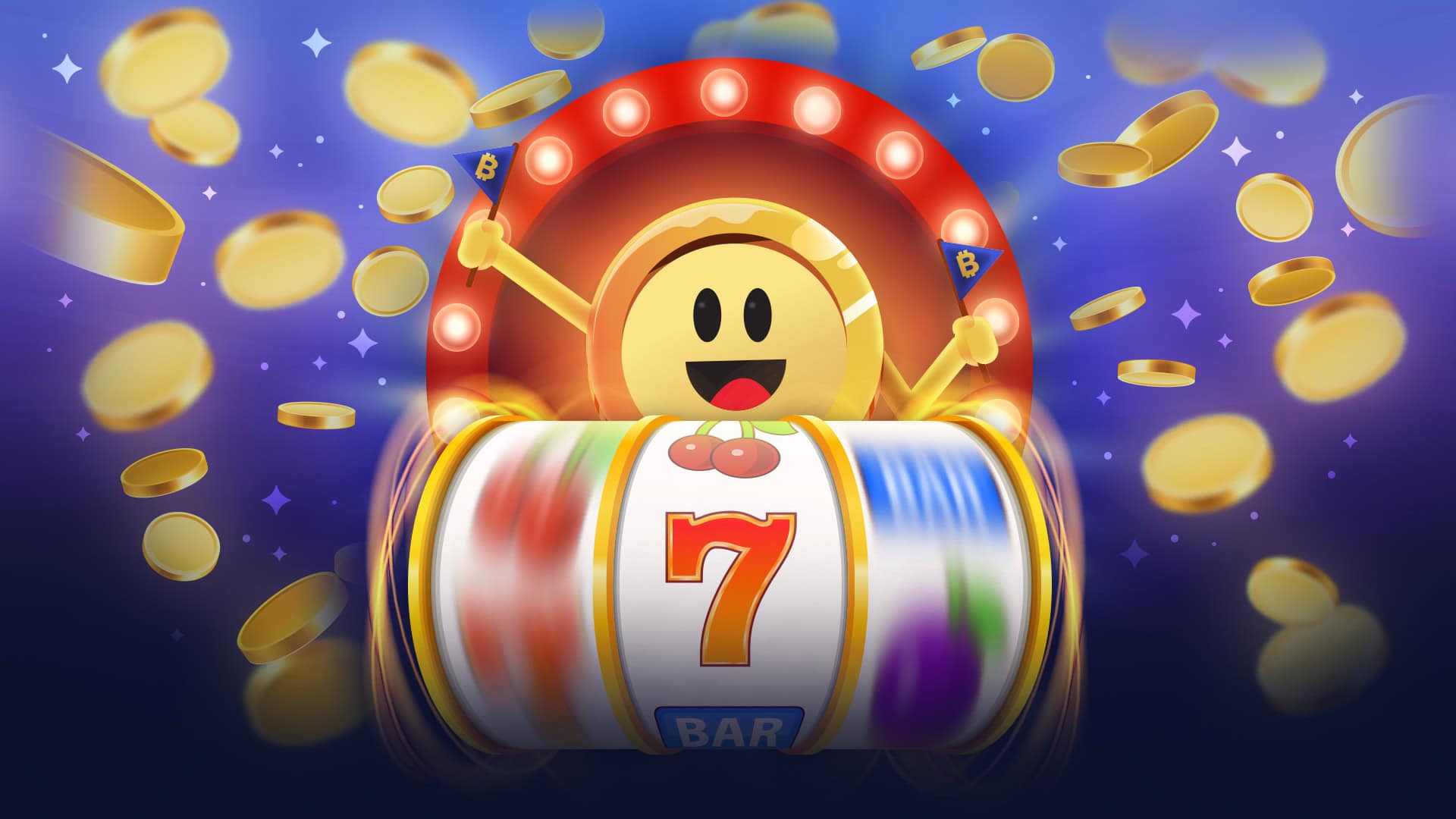The Evolution of Platformer Games: From Mario to Celeste
Before online shooters and massive open-world RPGs, the evolution of platformer games shaped the way we play. From the single-screen challenges of Donkey Kong and Mario Bros. to the emotional depth of Celeste, platformers have defined gaming history. With their blend of reflexes, timing, and creativity, these games remain a cornerstone of the industry.
While the genre has brought high-quality entertainment to many millions around the world, it’s also known for bringing in many core concepts that remain in gaming today. For one, hit boxes and physics-based movement coupled with progression-based gameplay are still commonly used in triple-A titles released on console and PC.
While the platformer genre peaked in popularity many decades ago, it’s never died completely. It just cannot compete with the more modern gaming genres of today.
The Early Days of Platformer Games – Donkey Kong, Pitfall, and Mario Bros
If you were old enough to remember the earliest platformers, you’ll know that initially, scrolling had not yet existed. The action always took place on a single screen. While that sounds easy, single-screen platformers still brought quite the challenge, which only the quickest-brained players with lightning reflexes could best.
Some of the best early titles that helped lay the foundation for future games included:
- Donkey Kong (1981) – One of the first major platformers that featured single-screen levels. Players were tasked with guiding Jumpman (Mario) up ladders and over barrels to rescue Pauline.
- Mario Bros. (1983) – Introduced cooperative play and slippery movement physics, as Mario and Luigi cleared pipes of enemies in tight levels.
- Pitfall! (1982) – A huge step forward on the Atari 2600, Pitfall! offered screen-by-screen side exploration with crocodiles to dodge and treasure to collect.
These games established essential platformer mechanics, such as:
- Jumping as core gameplay – Not just movement, but the main form of interaction and timing.
- Hazard avoidance and timing – Avoiding enemies and obstacles required reflexes and pattern recognition.
- Early experimentation with space – Especially with Pitfall!, which hinted at a connected world long before open-world games.
However, the biggest breakthrough came with:
- Super Mario Bros. (1985) – The first true side-scrolling platformer. It combined smooth level transitions, power-ups and level design that taught players as they played. It turned Mario into a cultural icon and redefined what a video game could be.
The Golden Age of 16-Bit Platformers on SNES and Sega Genesis
As hardware improved in the late ’80s and early ’90s, platformers exploded with creativity. Driven by the hugely popular SNES and Sega Genesis consoles, the platform genre took the most significant steps forward yet.
This was the platformer’s golden age, especially with games such as these:
Sonic the Hedgehog (1991)
Sega’s answer to Mario focused on momentum and at speeds never seen before in platform games. It brought gravity-defying loop-de-loops, enormous leaps and enough rings to collect to leave Frodo green with envy.
- Fast-paced gameplay that rewarded memorization and flow
- Multiple paths through levels encouraged replayability
- Genesis hardware was used to push visual effects and speed
Yoshi’s Island (1995)
Nintendo took an artistic turn with hand-drawn visuals and inventive mechanics. Baby Mario rode Yoshi, and gameplay focused on throwing eggs to protect the baby.
- Unique visual style using crayon-like graphics
- Creative level design with transformation gimmicks such as submarine Yoshi and helicopter Yoshi
- Soft difficulty curve but tons of secrets for completionists
Earthworm Jim (1994)
This cult hit embraced bizarre humor and surreal levels. A worm in a super suit battled crows, cats, and all kinds of animals across hilarious levels.
- Off-the-wall storytelling and humor
- Highly animated sprites pushed the limits of 16-bit consoles
- Weapons and gadgets mixed up standard run-and-jump action
What Defined the 16-Bit Platformer Era?
16-bit consoles such as the SNES and the Sega Genesis gave game developers the power to take platformers to the next level. They would now become more than just fast-paced action.
Better Storylines
Thanks to those consoles, platformers quickly became vehicles for increased creativity and personality. As a result, storytelling was able to go up two or three notches. In short, games no longer revolved around a goal of saving a plucky princess or defeating a dastardly villain.
Power-Ups Were Powered Up
Power-ups became more than mere score boosters. Gadgets such as shields and throwable eggs upped gameplay to new heights. Levels themselves also became more varied and experimental, with hidden paths and puzzle elements bringing a whole new dimension to platformers.
Soundtracks Were Revolutionized
Soundtracks played a vital role too. Composers like Koji Kondo and Tommy Tallarico helped define the era with music that not only matched the pace of gameplay but became iconic in its own right. These were no longer just background tunes and were now essential to the overall gaming experience.
Improved Visuals
Finally, art direction took center stage. From the neon grit of Shadow of the Beast to the pastel charm of Kirby’s Adventure, platformers explored more varied aesthetics. Sprites became smoother and animations more expressive. In short, the 16-bit generation proved that platformers could be beautiful and wildly inventive.
The Leap to 3D – From Mario 64 to Crash Bandicoot
Back in the day, the thought of going from 2D gaming to 3D was unthinkable. However, it happened and became one of the most defining shifts in platformer and gaming history. For developers, it actually proved quite daunting. They now had to rethink everything from camera control and movement precision to a whole new level of graphic design.
Still, as you’ll see below, some titles managed to make the leap flawlessly:
- Super Mario 64 (1996) rewrote the rulebook. It introduced an analog stick for full 360-degree movement and dynamic camera control. Nonlinear level design also became a thing for the first time, with players able to explore and complete challenges in different orders.
- Crash Bandicoot took a more controlled approach. Instead of full-open environments, it used corridor-like levels and a fixed camera to ease players into 3D gameplay without overwhelming them. This “2.5D” compromise kept the precision of 2D while offering a 3D look and feel.
Banjo-Kazooie and Spyro the Dragon were among other platformers that quickly built upon the above blueprints. They blended collect-a-thon mechanics with expansive worlds, giving players incentives to explore while still focusing on platforming fundamentals.
Challenges for Developers
While developers embraced the technical advancements handed to them, it wasn’t all rosy in development studios around the world. They faced quite a few challenges that took some time to conquer.
Camera mechanics were often the greatest hurdle. Poor camera control could ruin an otherwise excellent game. Titles like Gex or Bubsy 3D struggled with this, reminding players just how hard it was to master the third dimension.
Precision and flow, which came so naturally in 2D, also had to be re-engineered. Developers introduced lock-on targeting, smoother animations, and contextual actions to help players stay grounded in increasingly complex spaces.
Modern Indie Revivals – Celeste, Shovel Knight, and The Messenger
While 3D platformers evolved or faded, 2D platformers found a powerful second wind in the indie scene. Titles like Celeste (2018) proved there was still room for innovation within old-school frameworks. With razor-sharp controls and a moving story about mental health and perseverance, Celeste showed that platformers could be emotionally resonant as well as technically demanding.
Other examples include Shovel Knight (2014) and The Messenger (2018). Shovel Knight blended NES-era pixel art with modern design sensibilities, while The Messenger added a time-travel mechanic that flipped the genre mid-game from 8-bit to 16-bit.
They also benefit from modern hardware, which allows for smooth animations and tight physics. And because indie devs often grew up playing classic platformers, their revivals are fueled by deep respect and creativity.
Final Thoughts – Why Platformers Still Matter Today
Whether you grew up stomping Goombas or spinning through Crash Bandicoot levels, the platformer has likely touched your gaming life. It’s a genre that continues to evolve without forgetting its roots and is easy to pick up, tough to master, and always satisfying to complete.
Which retro platformers defined your childhood? Share your favorites with us or drop a comment, or perhaps refresh your memories by checking out some retro gems today.







